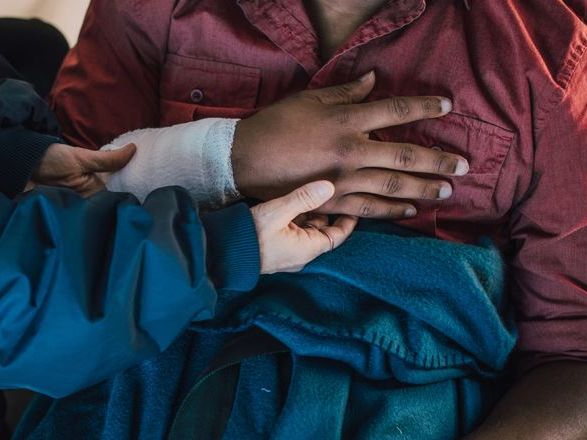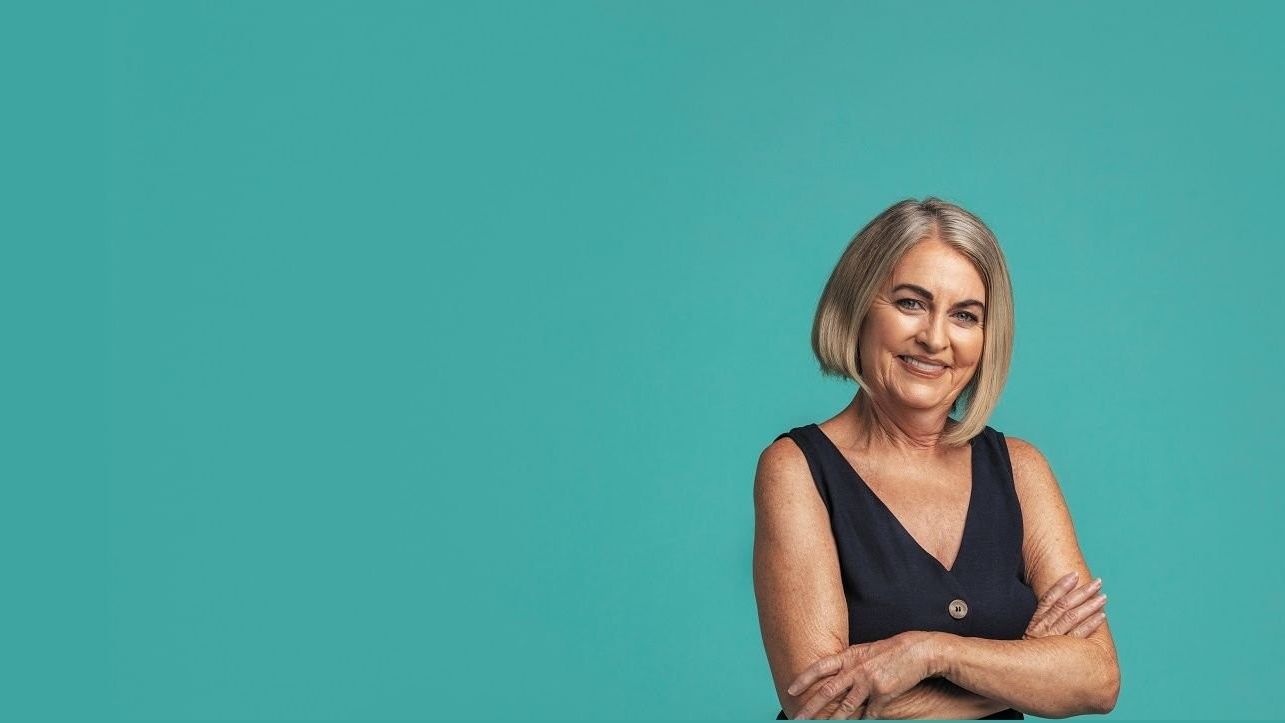Chronic wounds report reveals misunderstanding
Too many of us are unaware of the risks and don’t seek help until it’s critical. And a new scheme is making wound care cheaper for some.

Chronic wounds affect more than 450,000 Australians and cost the healthcare system more than $6 billion annually.
However, a recent report into chronic wound care has revealed how little people understand about wounds and how those wounds become chronic. Too many of us are relying on inaccurate sources of advice or delaying seeking treatment.
“There is a clear and persistent ‘she’ll be right’ attitude when it comes to wound care…This report shows that too many Australians are unaware of the signs of a chronic wound, or delay seeking help until the situation becomes critical,” Wounds Australia CEO, Jeff Antcliff, said.
Chronic wounds are wounds that have not progressed through normal healing stages in 30 days. They heal slower and often only heal partially, and they may recur.
The Australian Consumer Insights into Wound Care Report 2024 is the first major consumer-focused research project undertaken by the national peak body for chronic wound awareness and highlights a widespread misunderstanding of what constitutes a chronic wound and when medical help should be sought.
Among its key findings:
One in two people don’t recognise recurring wounds as a chronic condition.
One in four would wait a week or more before seeking medical advice .
One in three mistakenly believe wounds should be left to dry out.
One in five are unsure if they are personally at risk.
Nearly one in five (18%) avoid seeking care due to cost, while 30% underestimate the severity of wounds.
Only 25% of tradespeople seek care for bleeding wounds, compared to 34% of the general population.
Supporting elderly relatives
The report also explored how we support elderly relatives and found 58% check on or ask about wounds. However, 17% of us do not consider chronic wounds a significant risk for older loved ones.
The research aimed to identify:
The most at-risk demographic groups
Gaps in public awareness
Effective strategies for engaging communities across Australia.
“This research has given us an important insight into exactly where the process is breaking down – in caring appropriately for that initial wound, in understanding the warning signs of a chronic wound, and in knowing where to seek help and when,” Mr Antcliff said.
“It's not good enough that 10% of Australians don't know how to identify a chronic wound, or that 18% feel they can't afford treatment.”
Responding to the findings, Wounds Australia will launch a national advocacy campaign culminating in Wound Awareness Week, running from 1–7 September 2025, educating Australians to be #WoundAware and to seek timely care.
The national Chronic Wound Consumables Scheme (CWCS) covers the cost of wound consumable products for people who have diabetes and a chronic wound, and who are 65 and over, or 50 and over for First Nations people.
It is expected to benefit around 20,000 people annually, saving an average of $4,000 in out-of-pocket costs.
How it works: A patient with a chronic wound will go to an eligible health professional, who will assess the wound and order the required wound care products for their patient through an online portal.
Ordered wound care products will be delivered to a patient’s home or the health professional's office, at no cost to the patient.
The scheme has been a long time coming, with the $47.8 million plan first announced in the 2023–24 Federal Budget.
Health and Ageing Minister, Mark Butler, said that now it is live, the scheme will provide a convenient and free service for people with difficult-to-treat wounds that require long-term care. More information is available here.
Related reading: Wound Aware, RACGP, Health Department






